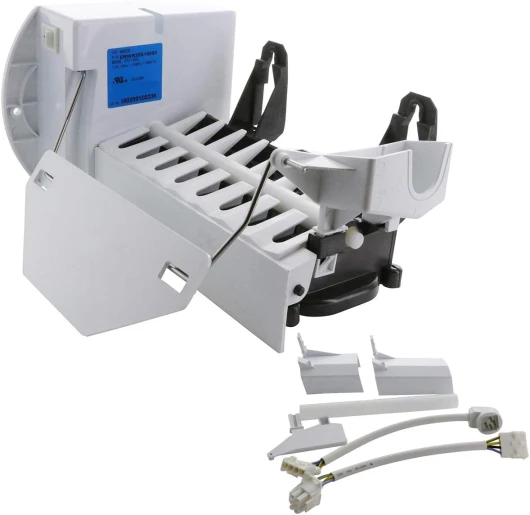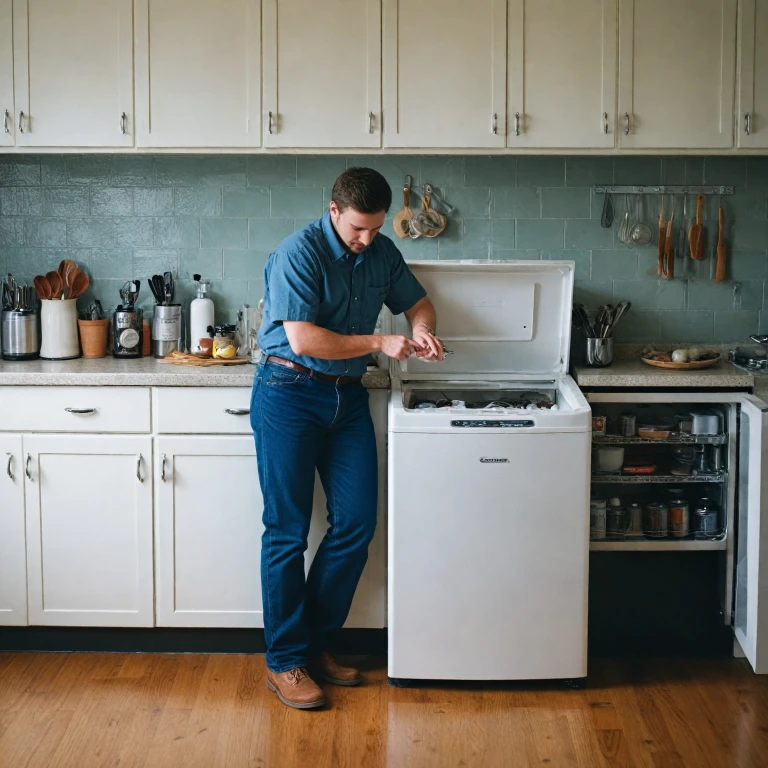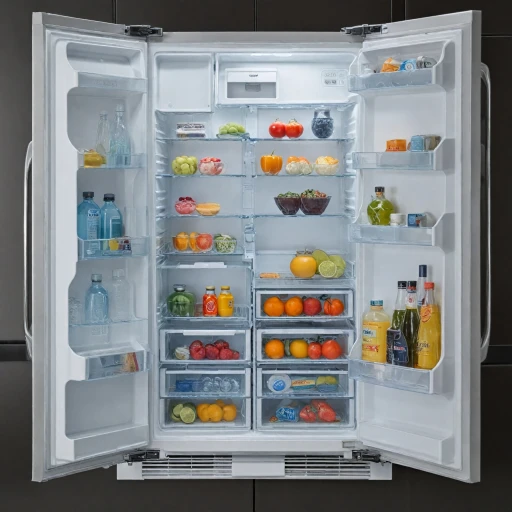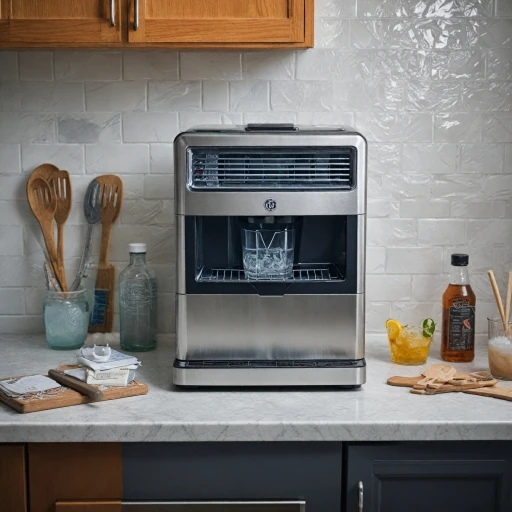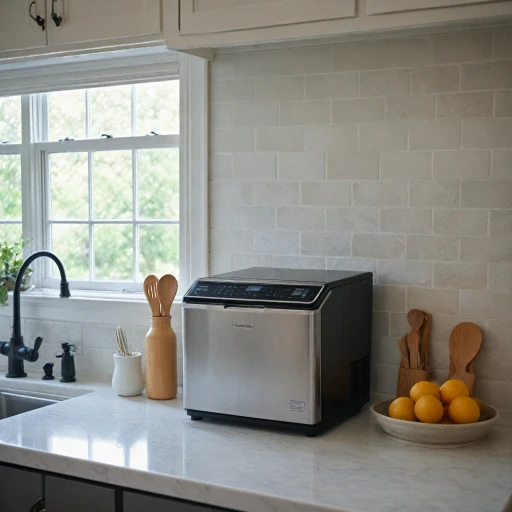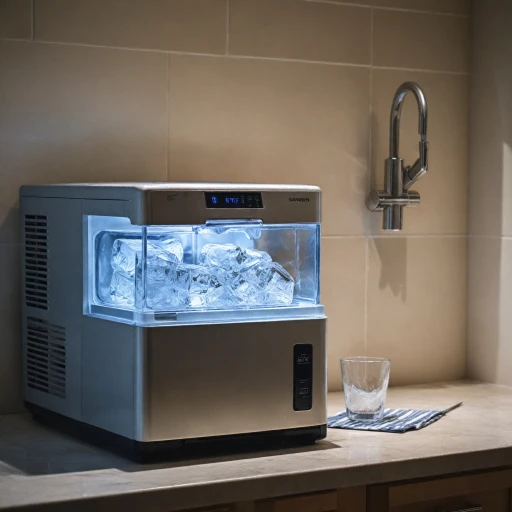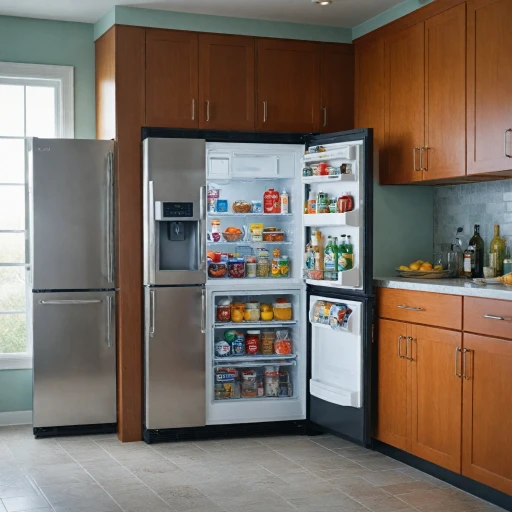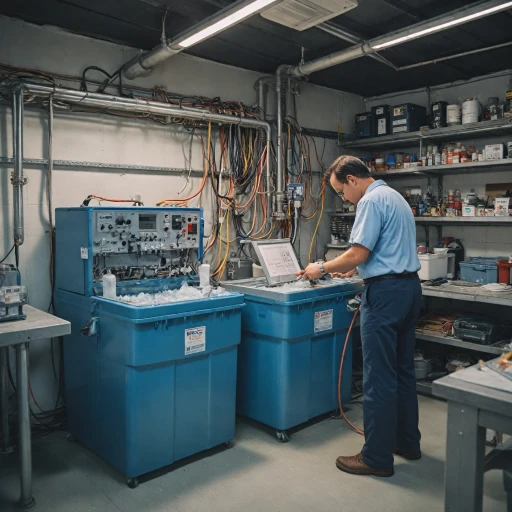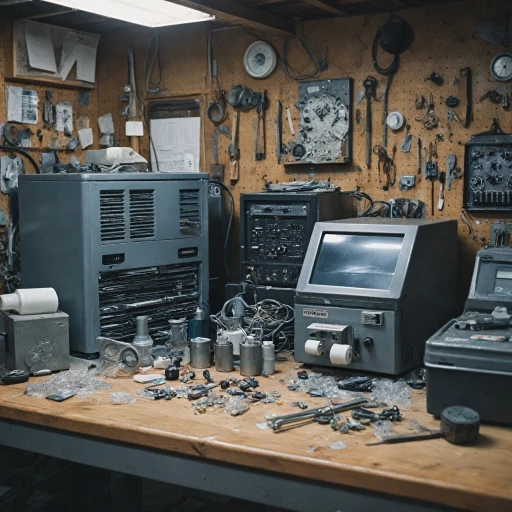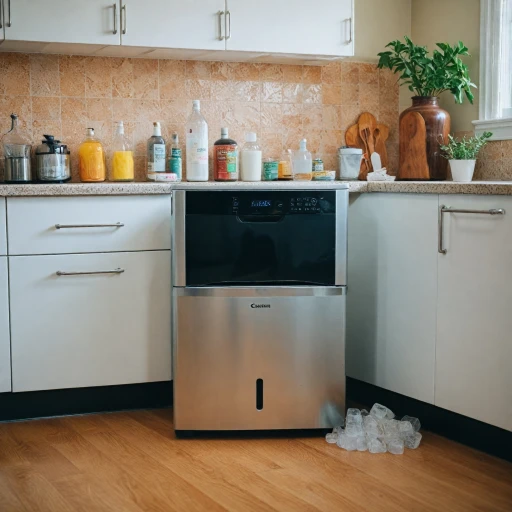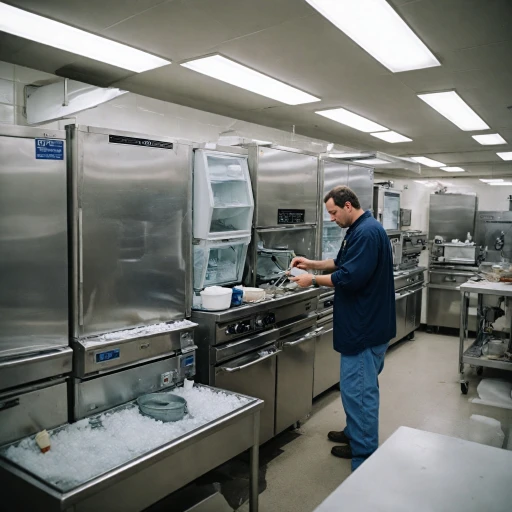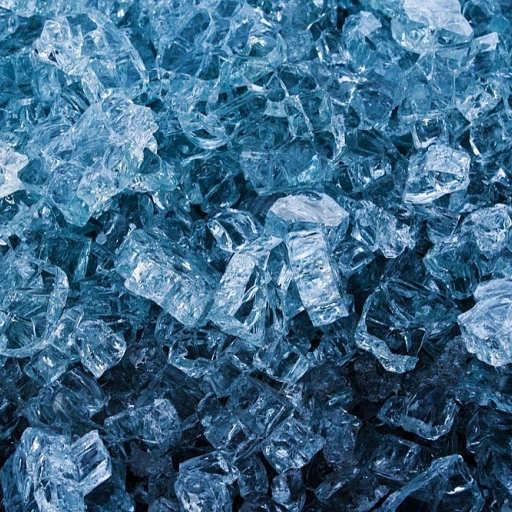
Understanding Common Issues with Frigidaire Ice Makers
Identifying Overlooked Ice Production Obstacles
For many owners of Frigidaire ice makers, experiencing malfunction can be frustrating. Before diving into more complex repairs, it is crucial to understand some common issues that could be affecting the ice production of your appliance. This foundational knowledge will streamline the troubleshooting process and help identify whether simple fixes or professional interventions are necessary.
- Water Supply Issues: Ensure the water supply to the ice maker is functioning correctly. Check if the water inlet valve is open and supplying water adequately. Proper water pressure is essential for the appliance to operate as intended. A clogged water filter can also disrupt the flow, so make sure the filter is not obstructing water supply.
- Freezer and Refrigerator Temperature: Ice makers rely on optimal temperature settings to produce ice efficiently. Ensure the freezer temperature is set between 0 and 5 degrees Fahrenheit. If the refrigerator temperature is too high, it might hinder the ice-making process as well.
- Control Arm or Ice Bin Position: Sometimes, the control arm might be stuck in the off position, preventing ice production. Similarly, the ice bin should be correctly positioned, allowing the arm to move freely without any blockage.
- Door Seal and Alignment: If your French door or other refrigerator doors are not sealed correctly, it could affect the ice maker’s performance. Warm air infiltrating the freezer can prevent ice cubes from forming correctly and affect the cooling needed for the appliance.
- Water Inlet Valve Condition: Over time, a faulty inlet valve might develop, affecting the water supply. This is a more advanced repair issue, but ensuring the valve itself is free of damage or blockages is a simple first check.
Addressing these common complications early on not only aids in keeping your Frigidaire ice maker working efficiently but also ensures a longer lifespan for the unit.
Essential Tools and Materials for Ice Maker Repair
Necessary Equipment and Supplies for a Smooth Fix
Before you begin the repair on your Frigidaire ice maker, it's crucial to gather the right tools and materials to ensure a seamless process. Having these items at hand will not only save you time but also make the repair more efficient.
- Screwdrivers: Most ice makers, including the ones in Frigidaire refrigerators, require various types of screwdrivers. Opt for both flat head and Phillips head screwdrivers.
- Multimeter: This tool is essential for checking electrical connections and ensuring that everything is in working order.
- Nut Driver Set: These are useful for loosening and tightening screws and nuts, particularly in the ice maker assembly area.
- Manometer: This will help you check the water pressure of your water supply to ensure it’s sufficient for the ice maker.
- Flashlight: Since some parts of the repair can be in dimly lit areas like inside the refrigerator or ice bin, a flashlight is useful.
- Replacement Parts: Depending on the issue, you might need new parts such as a water filter, control arm, or inlet valve.
Having these tools at your disposal will make diagnosing and solving problems with your Frigidaire ice maker, like checking the freezer temperature or ensuring the water pressure is correct, much easier. If your appliance is still not making ice after using these tools, it may be time to consult a more detailed guide on troubleshooting ice maker issues or consider reaching out to a professional.
Step-by-Step Guide to Troubleshooting Your Ice Maker
Step-by-Step Troubleshooting for Frigidaire Ice Makers
When your Frigidaire ice maker stops working, it can be frustrating. However, with some basic troubleshooting steps, you can often resolve the issue without having to call a professional. Here’s a step-by-step guide to get your ice maker back in action.Check the Power Supply
- Ensure that your appliance is plugged in and receiving power.
- Verify that the refrigerator's control panel, which manages the ice maker, is functioning properly.
Inspect the Water Supply
- Confirm that the water supply line is connected and the valve is turned on.
- Check for any kinks or blockages in the supply line that might restrict water flow.
- Look at the water filter and replace it if it’s clogged or past its usage date.
Verify the Ice Maker's Control Arm
- Make sure the control arm, which senses when the ice bin is full, is not stuck in the off position.
- Manoeuvre it gently to ensure it moves freely and is not restricted by ice cubes.
Examine the Freezer Temperature
- Check the freezer's temperature setting, as it should be between 0°F and 5°F for optimal ice production.
- Adjust the temperature controls if needed; ice makers in Frigidaire refrigerators depend on maintaining the right temperature.
Inspect the Water Inlet Valve
- Locate the water inlet valve at the back of your refrigerator. This valve is responsible for filling the maker with water.
- Check for any debris or mineral build-up and clean or replace the valve if it’s not functioning.
Test the Ice Maker's Mechanics
- Listen for the sound of the water filling and ice being ejected into the ice bin. Both sounds are indicators that the mechanism is working properly.
- If the ice maker is not dispensing ice, look for jams in the ice bin or the dispensing chute.
When to Call a Professional for Ice Maker Repairs
Recognizing When to Call an Expert for Ice Maker Repairs
At times, your Frigidaire ice maker issues may reach a point beyond the scope of DIY repair tactics. Here are some clear indicators it's time to contact a professional:
- Persistent Issues: If your ice maker consistently produces no ice or the ice cubes are small or malformed despite following previous troubleshooting steps, deeper issues may exist. Problems like a non-functioning water valve or refrigerator ice mechanism often require expert attention.
- Complex Electrical Problems: When you observe flickering lights or control malfunctions, the appliance may be facing electrical issues best managed by a trained technician. Mishandling such problems could exacerbate them.
- Water Leaks: Noticing water pooling at the base of your refrigerator? A leak can originate from a malfunctioning water inlet or fill valve. Properly diagnosing and addressing these is essential, and professional intervention ensures the job's done right.
- Temperature Fluctuations: Fixed freezer temperatures and consistent ice productions are closely linked. If adjusting settings doesn't stabilize temperatures, the issue may lie with the HVAC system or other internal components, necessitating professional diagnostics.
- Major Appliance Failures: Sometimes, other elements like the refrigerator door or control systems might interfere with the ice maker's operation. If these parts appear nonfunctional or frozen shut, professional repair is advisable.
While basic repair skills and maintenance can address several issues, contacting experts offers an assurance of quality and durability. Ensuring the longevity of your appliance, especially complex ones like Frigidaire ice makers, often requires professional care.
Preventive Maintenance Tips for Your Ice Maker
Enhancing Your Ice Maker's Longevity with Preventive Care
Taking proactive steps can help you maintain the efficiency of your frigidaire ice maker and reduce the likelihood of repair needs. Here are some simple tips to keep your appliance in good working order:- Regularly Check the Water Supply: Ensure that the water supply to your frigidaire refrigerator is consistent and clean. Check the water inlet for any clogs or mineral buildup that could impede the flow and pressure of water. This helps maintain optimal ice production.
- Clean the Water Filter: Replacing or cleaning the water filter as recommended by the manufacturer is crucial. A clean filter ensures that the ice cubes made are clear and free from impurities, enhancing the taste and quality.
- Inspect the Control Arm and Valve: Periodically examine the control arm and the inlet valve. Make sure the control arm can move freely and the valve operates correctly, as these components are essential for the ice maker's functionality.
- Maintain Proper Freezer Temperature: Setting the freezer temperature to the optimal level is key. An ideal freezer temperature should be around 0°F (-18°C), which ensures your ice maker continues making ice efficiently.
- Clean the Ice Bin: Regularly empty and clean the ice bin to avoid the build-up of ice that can hinder the maker’s operation. A clean ice bin prevents odors and maintains the quality of the ice.
- Do Not Overload the Freezer: Avoid overloading your freezer, particularly around the ice maker area. This ensures proper air circulation around the ice maker and prevents issues with ice production.
Frequently Asked Questions About Ice Maker Repairs
Common Queries About Fixing Your Ice Maker
Tackling repairs on your Frigidaire ice maker can be daunting, but understanding common questions can help. Here are some frequently asked questions when it comes to troubleshooting and repairing these appliances:
- Why is my ice maker not producing ice?
Several factors might be at play if your Frigidaire ice maker isn't making ice. Start by ensuring the freezer temperature is properly set as it should be cold enough to freeze water. Check if the water supply is turned on and the water inlet valve is functioning correctly to allow water to fill the ice maker. - How do I check if the control arm is working?
The control arm is an essential component that signals when the ice bin is full. If the ice maker is not operating, inspect the control arm for any obstructions or breakages that might prevent it from moving freely. - When should I consider replacing the water filter?
To ensure the efficiency of your ice maker, the water filter should be replaced periodically, ideally every 6 months. This prevents clogs that may restrict water flow. - What's the role of the water inlet valve?
The water inlet valve plays a crucial role in filling the ice maker with water from the supply line. If your ice maker isn't receiving water, the valve may be faulty or blocked, necessitating repair or replacement. - What if the ice cubes are too small?
Small ice cubes can be caused by low water pressure or a partially blocked water line. Ensure your water supply is sufficient and check for any potential clogging in the tubing. - How can I identify a faulty motor module?
If your ice maker is not working entirely, the motor module may fail. Listen for unusual noises from the ice maker, as irregular sounds may indicate motor issues requiring professional attention.
-logo-retina.jpg)
